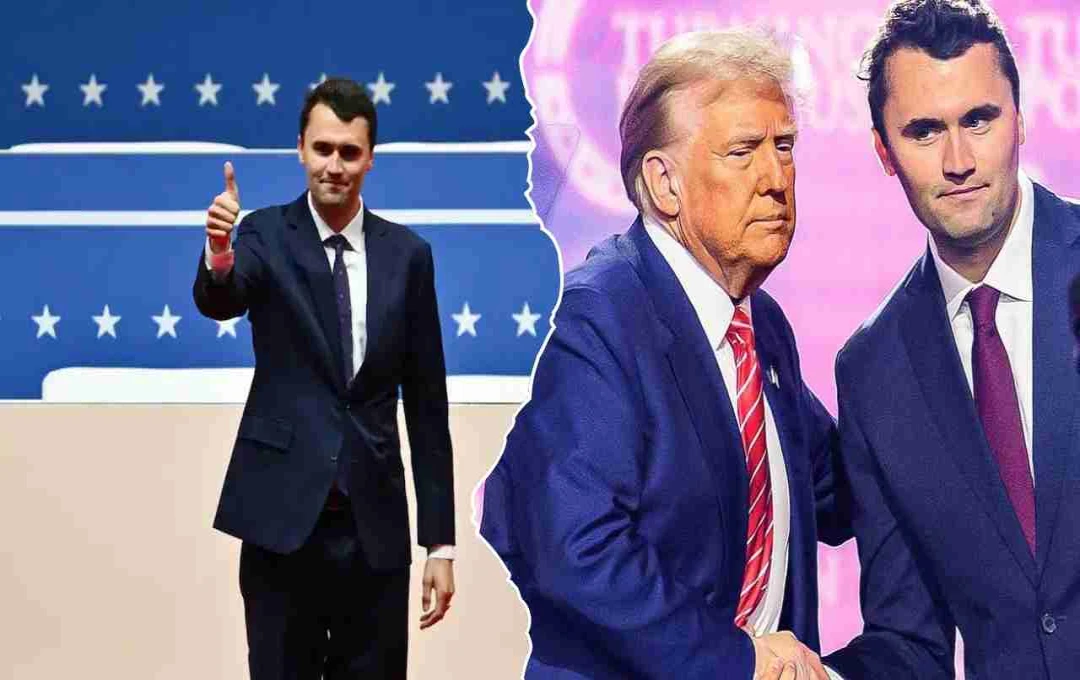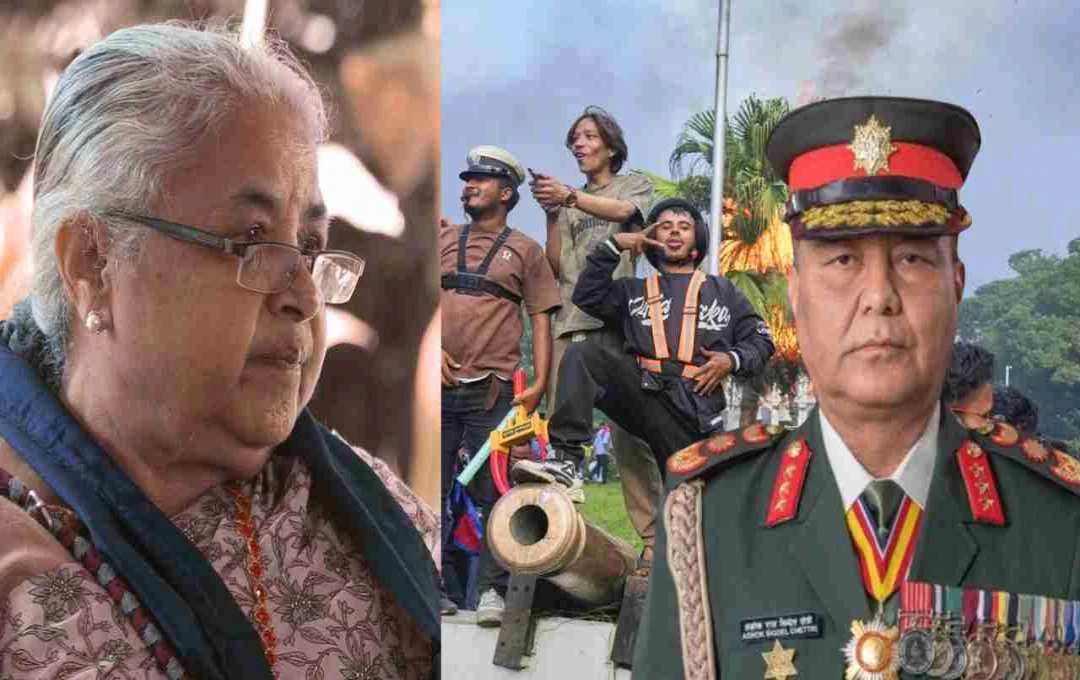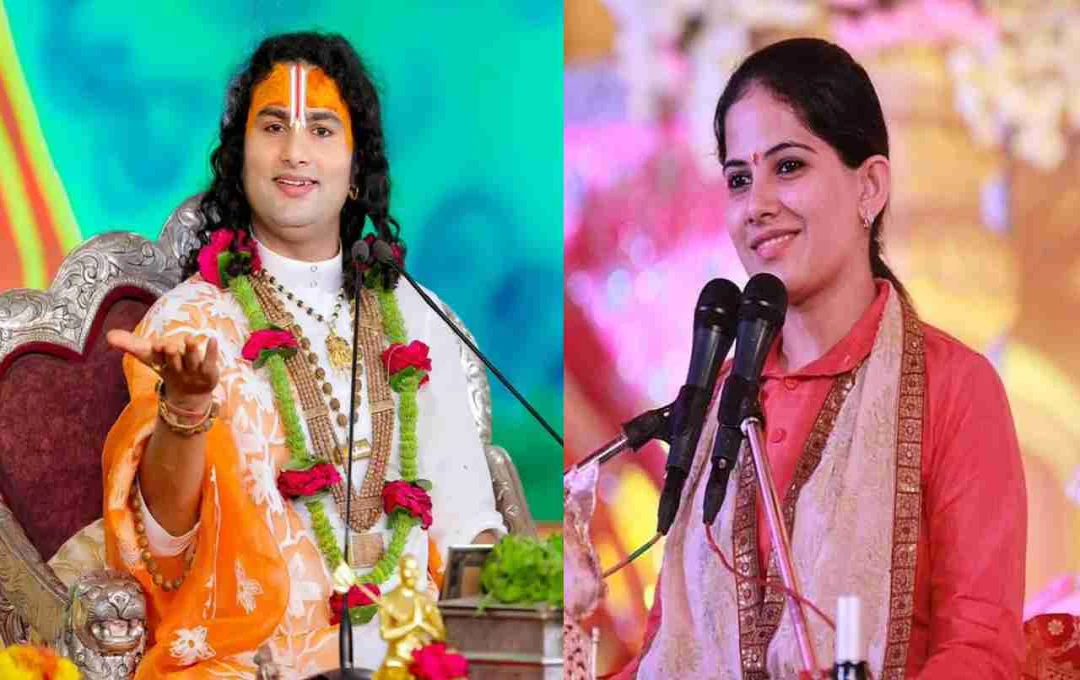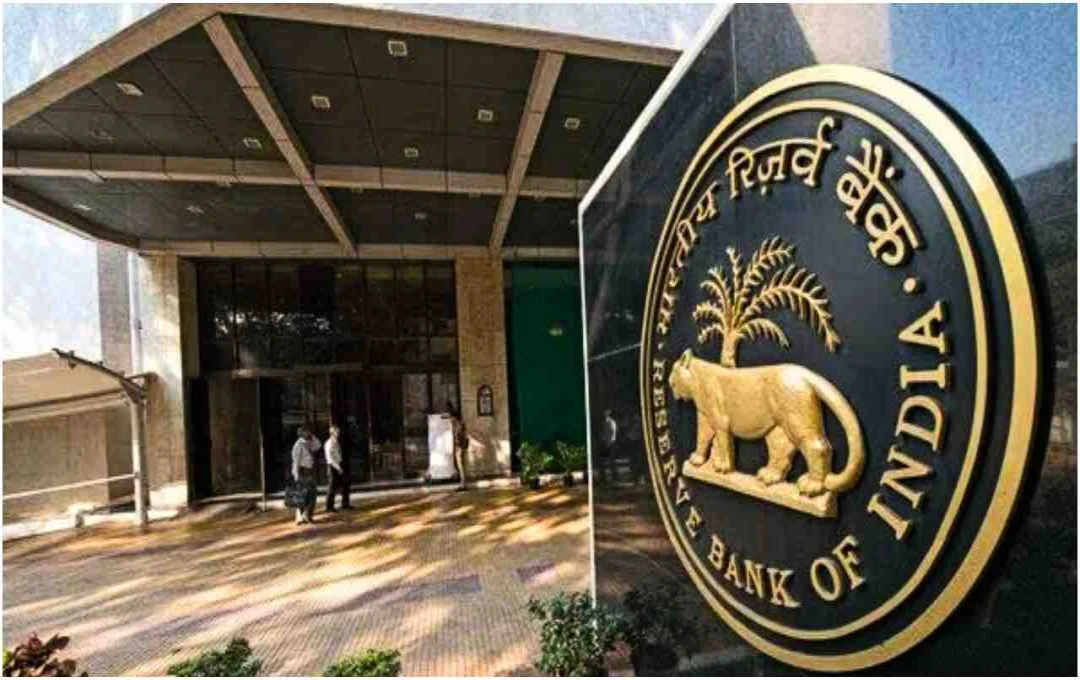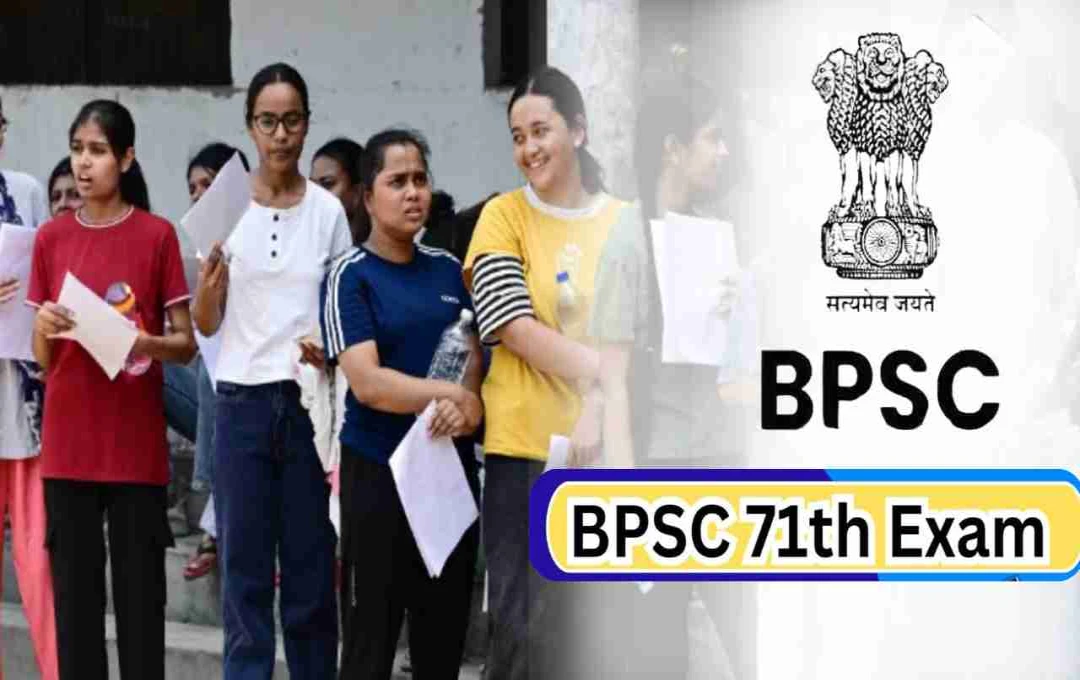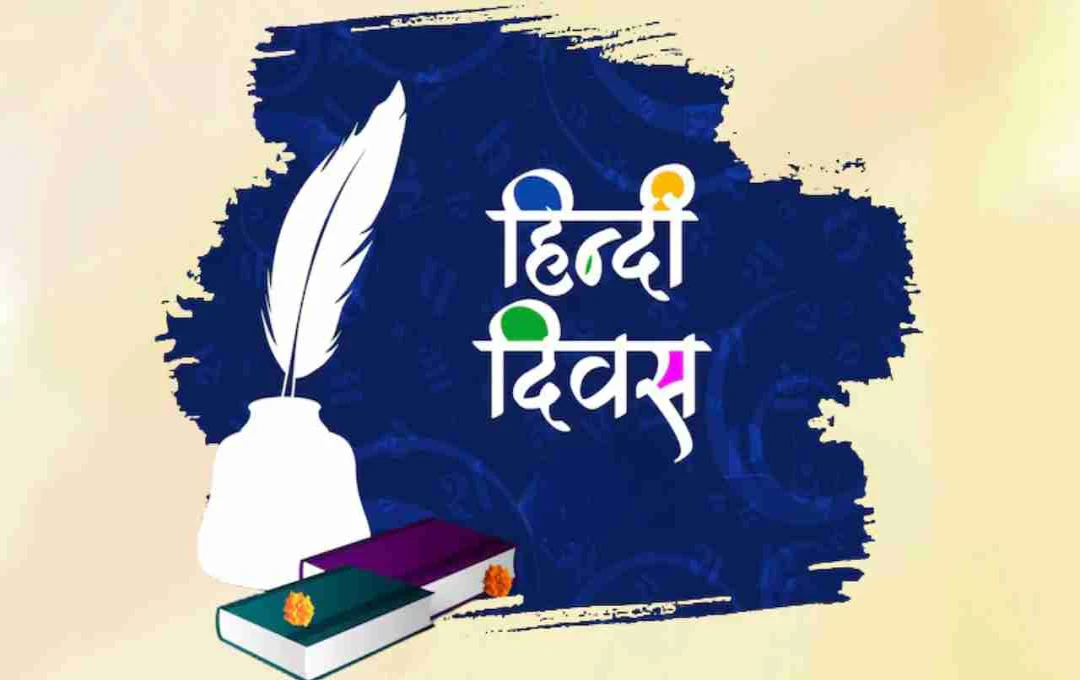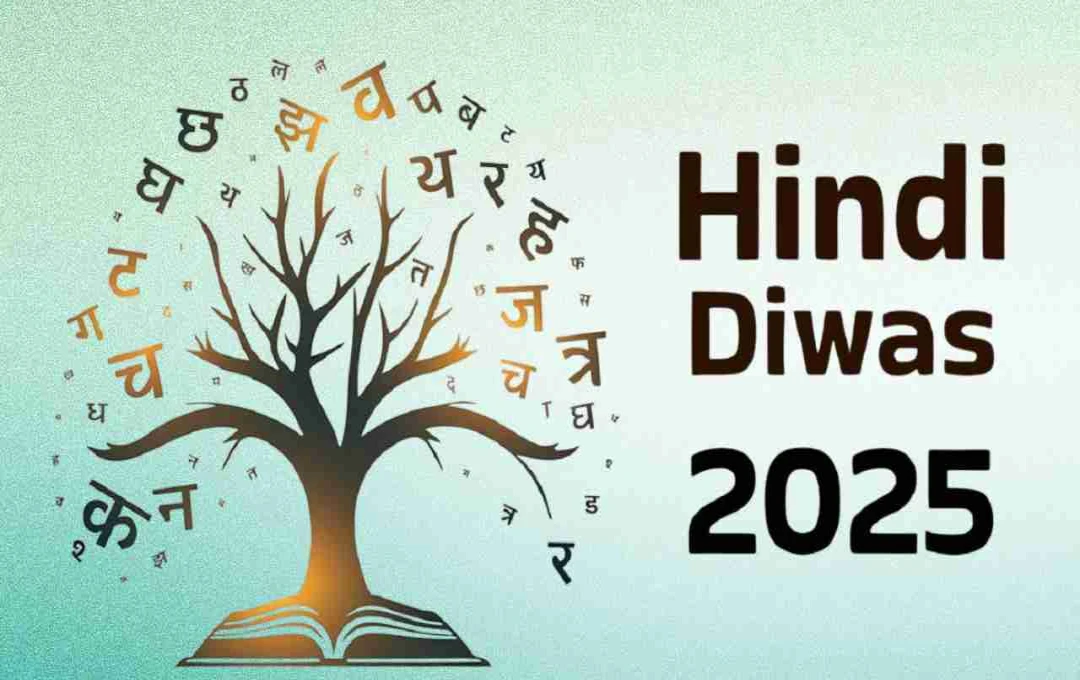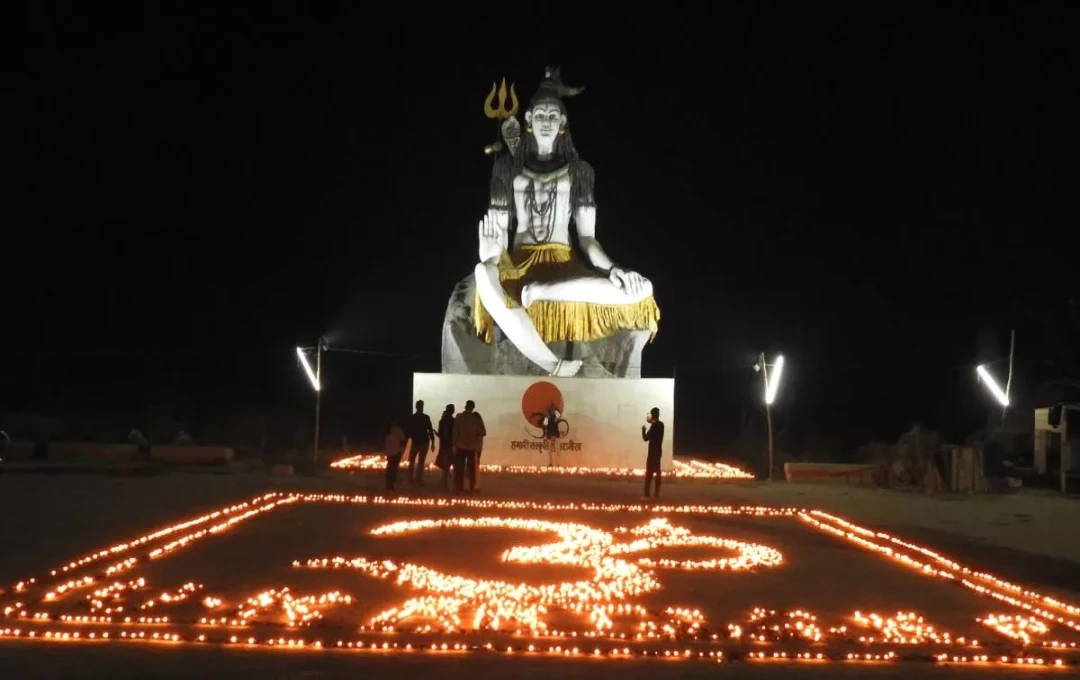All-party consensus reached on the formation of an interim government amid the Gen-Z movement in Nepal. President Ram Chandra Paudel nominated former Chief Justice Sushila Karki as the probable Prime Minister. Disputes over the dissolution of parliament continue, and security has been tightened.
Nepal Protest: Amidst the Gen-Z movement in Nepal, an all-party consensus has been reached on the formation of an interim government. President Ram Chandra Paudel, after extensive discussions with Army Chief Ashok Raj Sigdel and senior legal experts, agreed on the name of former Chief Justice Sushila Karki. However, a deadlock between political parties persists on the issue of dissolving parliament. Although Gen-Z groups had expressed differences regarding the selection of the interim Prime Minister, the situation has been balanced through the President's initiative and coordination with political parties.
Challenges for the Interim Prime Minister
Tensions persisted overnight in Nepal amidst the hopes for a new dawn brought by the Gen-Z movement. Under the constitutional rules, the President, Army Chief, and legal experts made joint efforts to fulfill the demands of the Gen-Z groups and steer the country out of the political crisis. Steps were taken towards forming an interim government through negotiations with representatives of political parties. By around 2 AM, a consensus was reached on the name of former Chief Justice Sushila Karki. However, no conclusion has yet been reached on the matter of dissolving parliament.
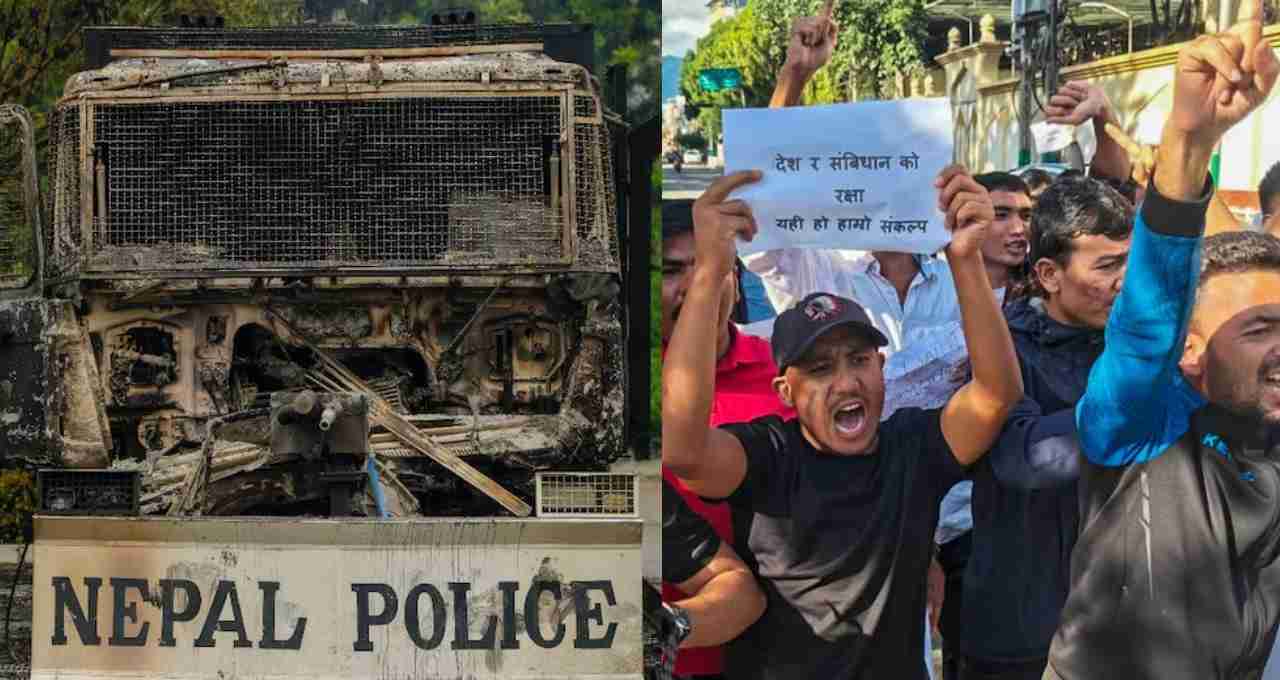
Disagreements within Gen-Z Groups
On Thursday, there was no unanimity among the Gen-Z groups regarding the selection of the interim Prime Minister. In the evening, supporters of two factions clashed near the army headquarters, causing the situation to appear uncontrollable for some time. According to sources, the Gen-Z groups stated that if a decision was not reached by night, the agitation would intensify from Friday. This prompted the President to take the initiative to bring the situation under control.
Active Role of the President
President Ram Chandra Paudel consulted with the Army Chief and constitutional experts and held discussions with representatives of political parties. Former Prime Minister Pushpa Kamal Dahal Prachanda also visited Shital Niwas and met with the President. This was an attempt to maintain a balance between political parties and the protesters.
Involvement of KP Sharma Oli and Other Leaders
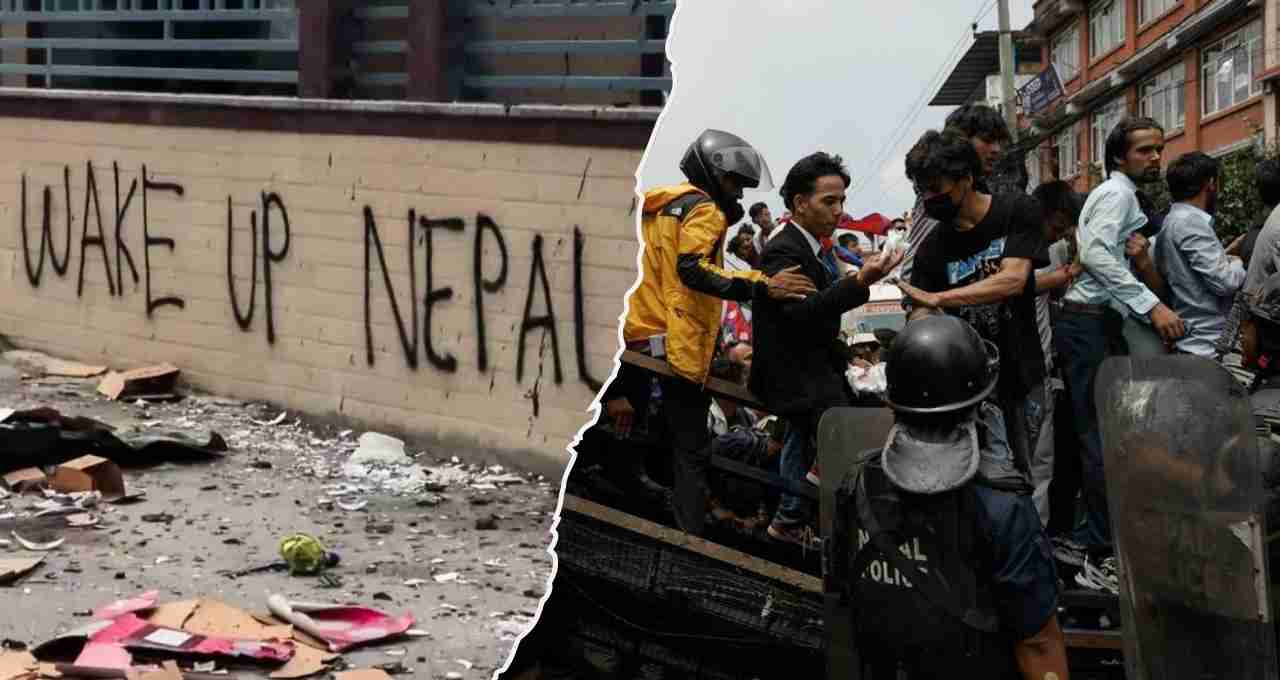
The President held late-night phone conversations with CPN-UML Chairman KP Sharma Oli and senior leaders of the Nepali Congress. All parties agreed on finding a way forward while adhering to constitutional limits. The local public also appealed for prioritizing national sentiment, the security of constitutional institutions, and the democratic process.
Non-Parliamentary Prime Minister
The President and constitutional experts suggested that if necessary, a non-parliamentary individual could be appointed as Prime Minister by adopting a transitional arrangement. If the dissolution of parliament became necessary, a meeting could be called beforehand to consider a civil government option through constitutional amendments. During this period, potential threats and security concerns arising from an extended transition were also addressed.
Strict Security Measures
Rumors of the former king's return began to spread on Thursday night, and analyses on social media heightened public anxiety. The apprehension subsided with the news of the interim Prime Minister's selection after midnight. Meanwhile, to deal with any emergency situation, the Nepali Army tightened security by deploying armored vehicles, night-vision helicopters, and additional troops. The public was appealed to remain calm and avoid rumors.



